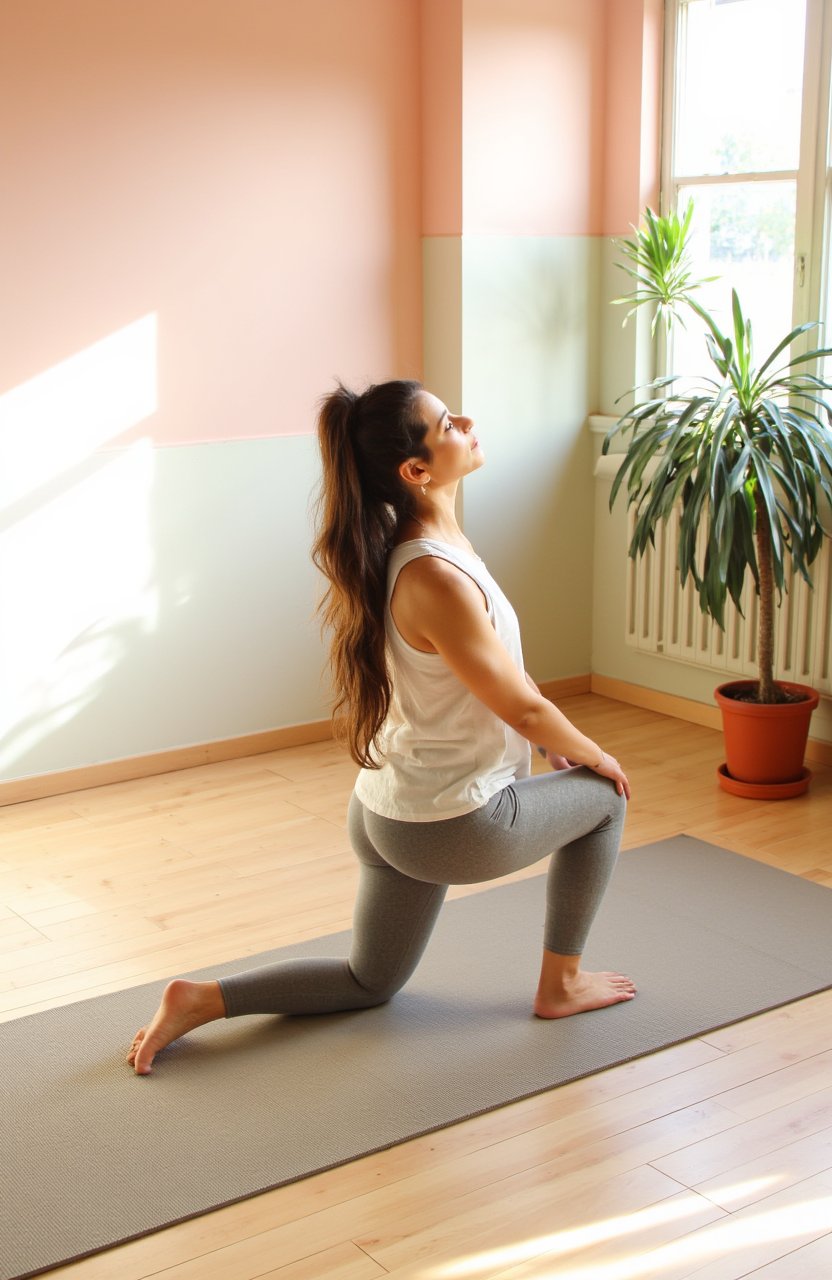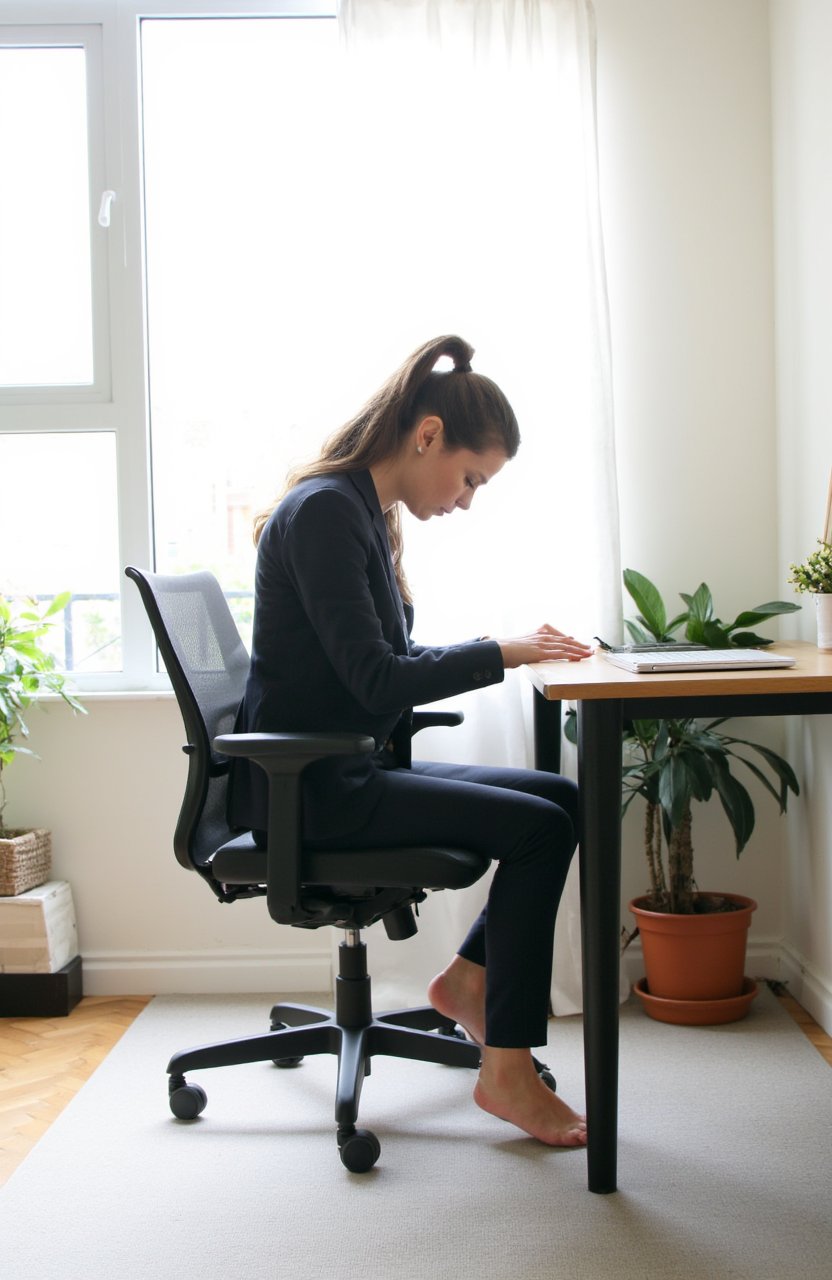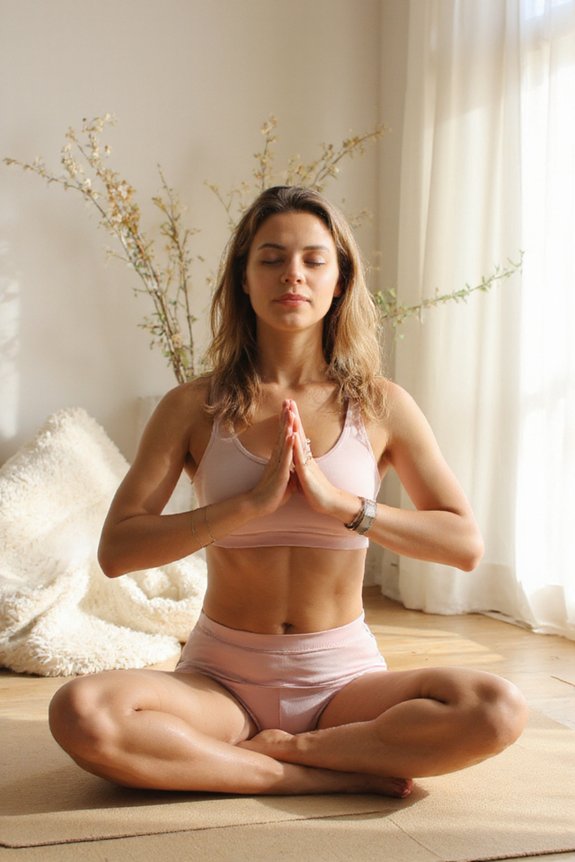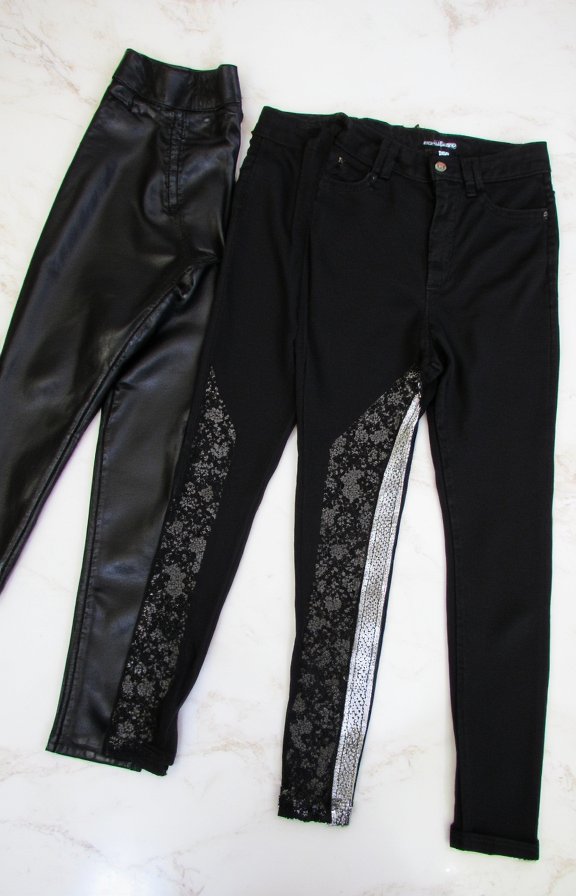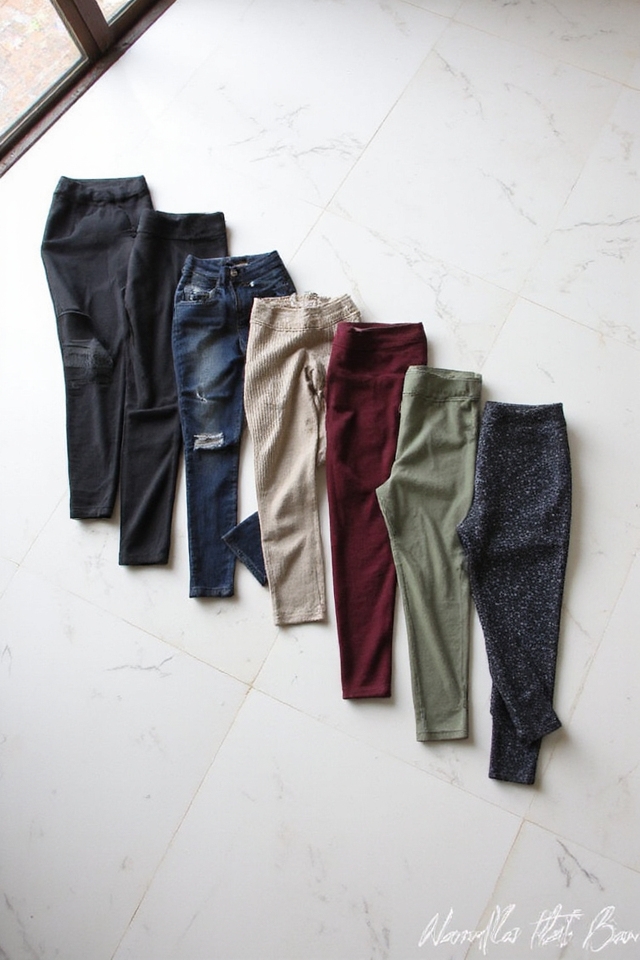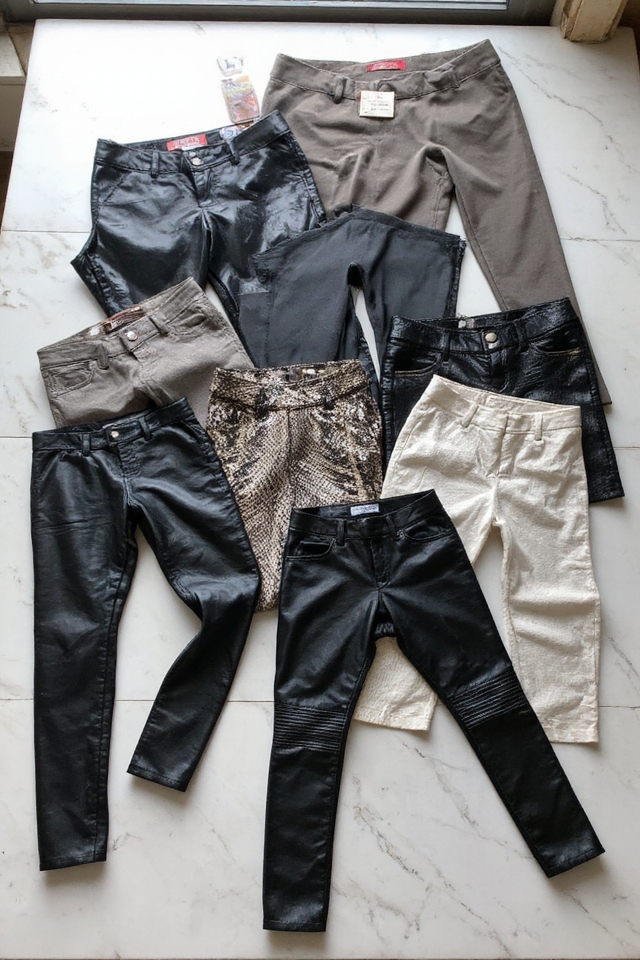When you sit for long periods, your hip flexors can get tight, leading to discomfort and stiffness. If you’re spending hours at a desk or lounging on the couch, those muscles can become strained, affecting your overall mobility. This tightness can lead to pain not only in your hips but also in your back. Stretching your hip flexors regularly is fundamental for maintaining comfort and functionality in your daily life. Regular stretching also helps to prevent injuries by keeping your muscles loose and flexible.
Sitting for long periods can tighten hip flexors, causing discomfort and affecting mobility; regular stretching is essential for relief and function.
Why should you care about stretching your hip flexors? For one, it can greatly improve your mobility. When you increase flexibility in these muscles, you’ll find everyday activities, like walking or climbing stairs, become easier. You might even notice an improvement in your posture. Strong, flexible hip flexors play an important role in maintaining good posture and core stability, both of which are critical for overall health and reducing injury risk.
Incorporating hip flexor stretches into your routine can also reduce your risk of injury. When your muscles are flexible and strong, you’re less likely to suffer from strains or sprains. This is especially important if you’re active or participate in sports. Better flexibility can enhance your athletic performance, allowing you to move more freely and effectively. Plus, you’ll likely experience less soreness after exercising.
So, which stretches should you try? One effective option is the half kneeling hip flexor stretch. Kneel with one foot forward and slide the back knee back until you feel a stretch in the front of your hip. Hold this position for 10 to 30 seconds.
Another great stretch is the knee to chest stretch. Lie on your back, bend one knee toward your chest, and stretch the other leg out straight. This can help alleviate tightness effectively. To maintain flexibility, make static stretching a daily habit.
When should you stretch? Timing is key. Try to incorporate these stretches into your daily routine, whether it’s right after a workout or first thing in the morning. Consistency will help maintain your flexibility and prevent tightness from returning.
Also, consider complementing your stretches with strengthening exercises for your core and glutes. This combination will enhance your overall stability and support your hip flexors.
